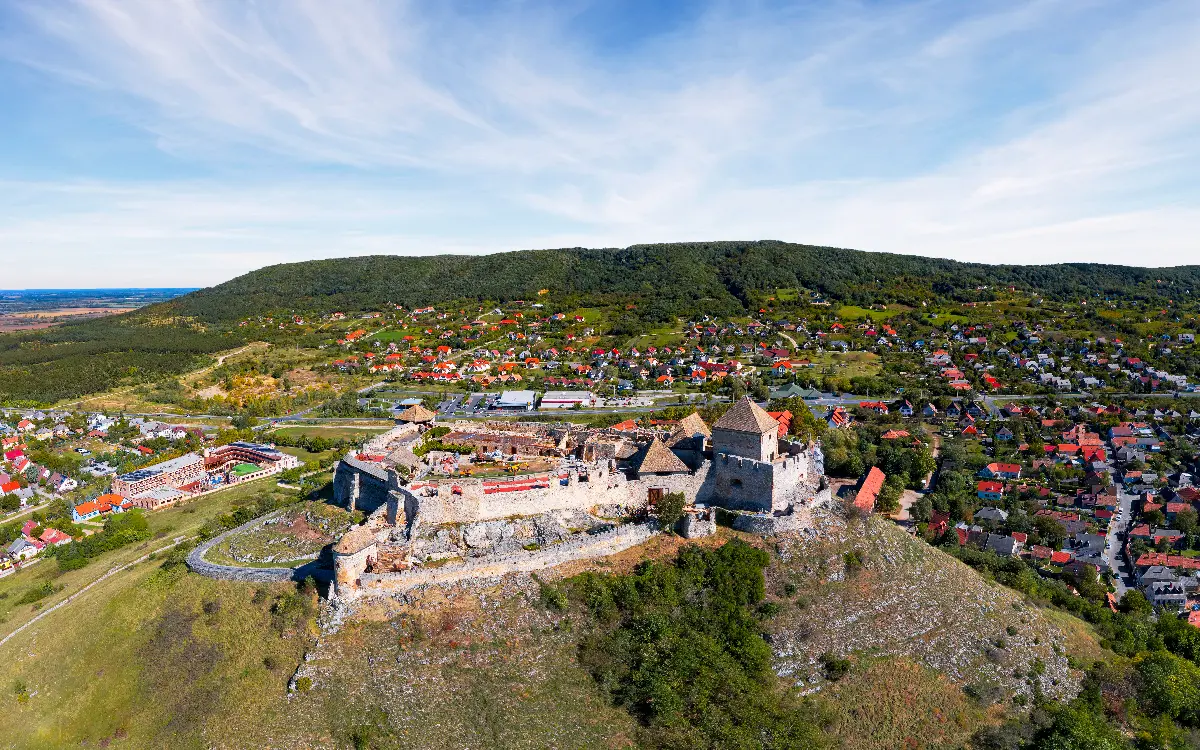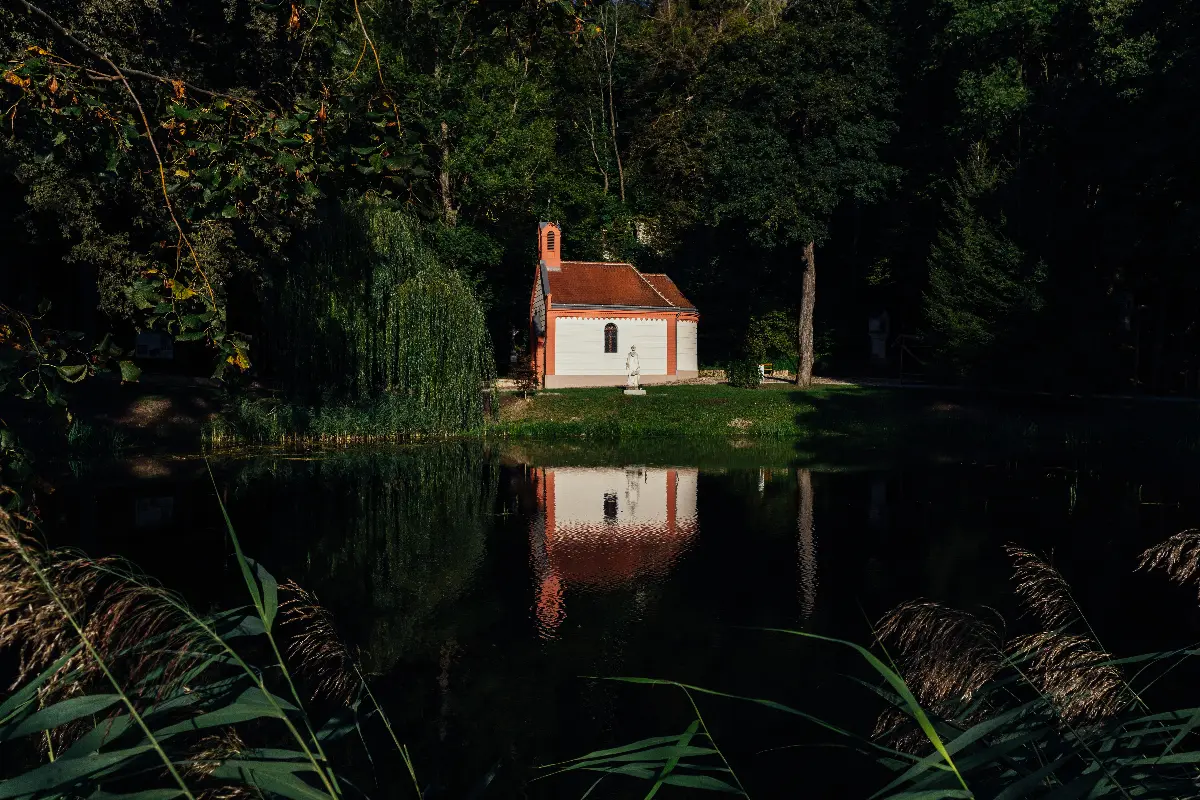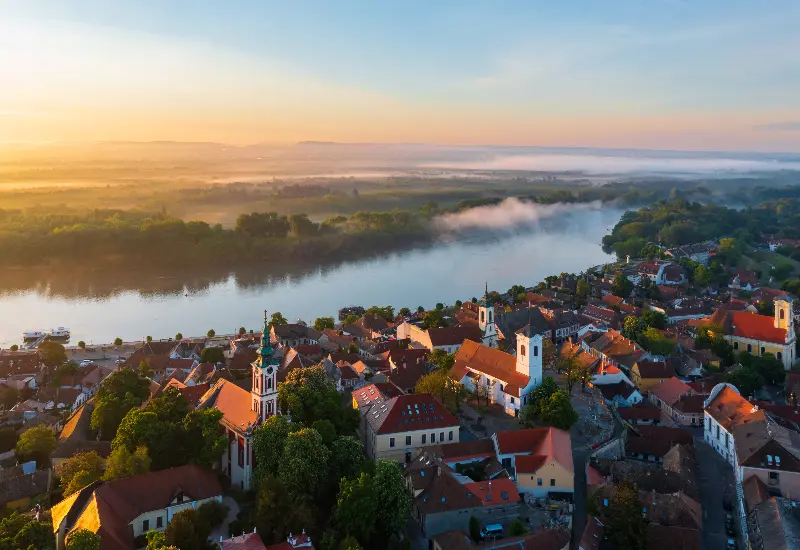
Helyszín címkék:
The Hungarian El Camino, or the St. Mary’s Way
Hype&Hyper
When we go hiking, our destination is typically a point on the map that we can easily find, point to and reach. On a pilgrimage, on the other hand, our destination is within ourselves: the arrival is not necessarily linked to the number of kilometres covered, which makes it truly special and life-changing. The St. Mary’s Way is a pilgrimage route that links the most important Marian sites – shrines, chapels, springs – in the region to the European pilgrimage circuit.The idea of the St. Mary’s Way was born in the 2000’s by the Hungarian founders – their aim was to build a route in the region, similar to El Camino, rich in religious and cultural heritage, which would offer something for those seeking spiritual enrichment, but also for those interested in nature and our history.
If we connect the stations on the map, a giant cross is symbolically drawn over the Carpathian Basin. The 1400 km east-west main section runs from Mariazell in Austria to Csíksomlyó in Transylvania and can be completed on foot in around 60 days. All experienced hikers have probably seen the signs for this branch: the purple letters M accompany the hikers’ path.The north-south (not yet fully developed) section connects Częstochowa in Poland with Medjugorje in Bosnia, covering 857 km, and unlike its sister route, the signs are blue. The route is maintained by the St. Mary’s Way Association, with the help of hundreds of volunteers, who oversee the signposting and waymarking of the route, as well as an interactive pilgrimage map and a website listing recommended accommodation.

One of the most beautiful gems of the so-called M01 route from Austria to Transylvania is Sümeg and the Franciscan Congregation Church and Monastery of the Visitation of Our Lady. The bishops of Veszprém, fleeing from the Turkish attacks, chose Sümeg as their temporary seat, where Bishop Count György Széchenyi invited Franciscan monks and had a monastery and church built for them. The monastery was completed in 1452 and the church in 1654, and the Franciscans have never left the city. Stepping into the Church of Visitation of Our Lady, you will immediately notice the Gothic statue of Our Lady of Sorrows, which has been credited with many miraculous healings over the years. The castle and the surrounding area of Sümeg also have some dazzling sights outside the church, for example the White Rocks Forest Reserve, a nature reserve with a rich flora, is located on the hill opposite the castle.

Moving eastwards, it is worth highlighting another stop on the St. Mary’s Way linked to monks: In Bakonybél, the Benedictine monks are waiting for the travellers. The first to found a monastery in the Bakonybél area was none other than King St. Stephen in 1018, and it was in this area that St. Gerard also made his hermitage after finishing the teaching of Prince Emeric of Hungary. The church you can see today was consecrated in the mid-1700’s, and in the monastery of St. Mauritius, besides the Benedictines, visitors can also find activities for excursions: museum education, guided tours, herb gardens. And you can see stars next door – literally, as the Bakonybél Observatory is Hungary’s number one complex astronomy education centre.

The route of the St. Mary’s Way already includes noteworthy destinations in the North-Eastern Hungary region: the region’s most important Marian pilgrimage site is Máriapócs[RAF1] , the spiritual centre of Carpathian Greek Catholicism, where nearly half a million pilgrims arrive every year. According to the legend, on 4 November, 1696, the faithful attending morning mass noticed that tears were streaming from both eyes of the icon of Mary above the altar, and they did not stop until 8 December. According to contemporary records, it was so cold on the last day of the tearing that the wine and water in the chalice froze, but Mary’s tears still fell in abundance. This miracle has attracted crowds of pilgrims ever since, for example, in early May, the church is the venue for the farewell celebrations for women and mothers. Máriapócs can also be a good destination for active recreation, with a modern and well-maintained cycle path network in the area.



